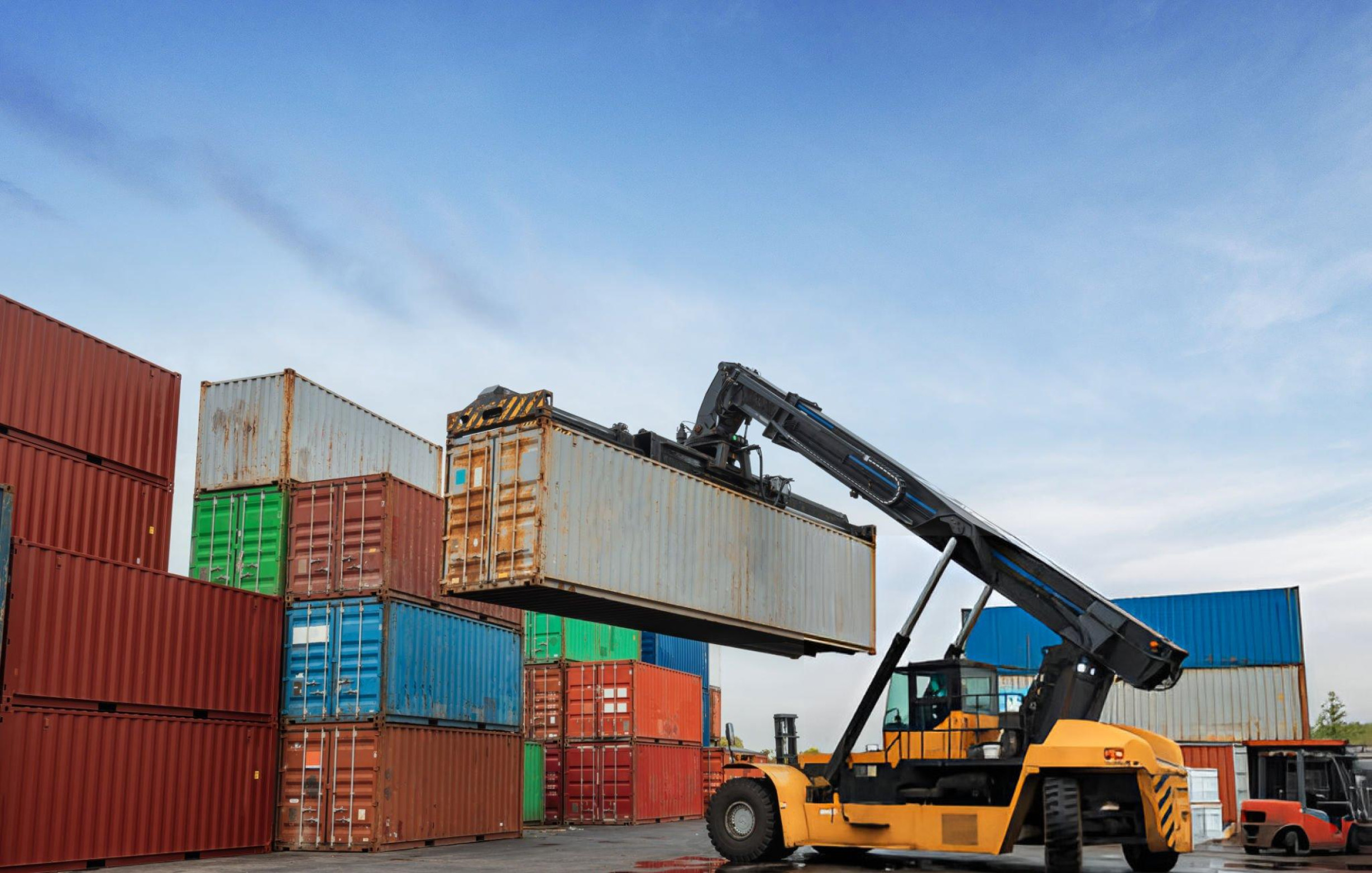
01 Oct
5 Most Popular & Secure Export-Import Payment Methods to Use
In the world of international trade, choosing the right payment method is not just a technical matter, but a business strategy. Without clear payment mechanisms, global trade can be hindered. Uncertainty in cash flow and goods delivery can lead to significant losses, even halting trade relationships.
Therefore, understanding every detail of the various available payment methods becomes crucial. With sufficient knowledge and insight, exporters and importers can make the best decisions tailored to their risk profiles, ensuring smooth goods flow and maintaining business financial stability.
Here are 5 commonly used payment methods in export-import.
1. Cash in Advance (Payment in Advance)
This method is the safest for exporters because the buyer must pay a portion (down payment) or the entire transaction value before the goods are shipped. If it's only a down payment, the remainder is paid after the goods arrive at the destination. For exporters, this method is very beneficial as there is almost no risk of default. However, for importers, it's quite burdensome as they have to pay upfront and completely trust the seller.”
Read also: Standard Operating Procedures (SOP) for Logistics Goods
2. Documentary Collection (Collection)
This method uses banks as intermediaries. Exporters send shipping documents through their bank, which are then forwarded to the importer's bank. The importer can only retrieve the documents and goods after making payment or giving a promise to pay.
The security of this system is better than an open account, but there is still a risk if the importer refuses to pay after the goods have been shipped.
3. Letter of Credit (L/C)
Letter of Credit is the most popular method as it is considered safer for both parties. The importer requests their bank to provide a payment guarantee to the exporter. The bank will release payment only if the exporter fulfills all agreed-upon document requirements.
This method does require administrative fees and a more complex process, but its security is high and it is suitable for high-value transactions.
4. Consignment (Consignment)
In a consignment system, the exporter ships goods first without any upfront payment. The importer or distributor will only pay after the goods have been successfully sold in the destination market.
This method is typically used when exporters want to introduce new products to foreign markets. However, the risk is quite high because payment is highly dependent on the importer's ability to sell the goods.
5. Open Account
The open account method is the opposite of payment in advance (cash in advance). In this system, the exporter ships the goods first, and the importer will make payment according to the agreed-upon timeframe.
This system is very advantageous for importers as they do not need to upfront capital. However, exporters face significant risks, ranging from delayed payments to the possibility of not being paid at all. Therefore, the open account method is generally only used if the exporter and importer have a strong and trusting business relationship.
If you are looking for a Consolidator partner with over 20 years of experience and trusted by hundreds of multinational brands, PT Hyper Mega Shipping is ready to be your reliable partner. Contact us for more information.
Read also: The Importance of Shipping Insurance: Protect Your Export-Import Goods from Loss Risks
Source:
https://kyrim.co.id/blog/metode-pembayaran-ekspor-impor/#elementor-toc__heading-anchor-6

